Imagine if your manufacturing website could attract customers like a magnet. That’s the power of SEO: turning your digital presence into a customer hotspot. In this era, where every click can lead to a significant business opportunity, understanding SEO is beneficial and necessary for manufacturers. Here at Plerdy, we recognize the importance of getting the basics right. This introduction aims to set the stage for manufacturers to navigate the digital landscape effectively. We’ll explore how SEO can be your digital lighthouse, guiding potential customers through the vast ocean of online content straight to your virtual doorstep. Let’s embark on this journey to make your website visible and unmissable in the digital realm.

Understanding the Basics of Manufacturing SEO
In the digital world, manufacturing enterprises need SEO. It’s the art and science of making your website more visible to search engines, attracting more business. In this segment, we’ll delve into the essentials of SEO for manufacturers, outlining key strategies and best practices.
In competitive manufacturing, standing out online is no longer optional—it’s essential. SEO offers a way to increase your digital footprint, ensuring that potential clients find you first in their online searches. This section will guide you through the basics of SEO for manufacturers, offering a roadmap to enhanced online visibility and business growth.
Definition of SEO
SEO boosts your website’s search engine rankings. For manufacturers, this means tailoring your online content and technical setup to be relevant and accessible to your target audience and search engines. The goal is to improve your site’s visibility for specific keywords related to your manufacturing services or products.
Importance in Manufacturing
In manufacturing, where business transactions are often significant and long-term, being easily discoverable online can dramatically impact your bottom line. With most B2B decision-makers using search engines to begin their procurement process, effective SEO can position your company as a leading choice in your industry.
SEO vs. Traditional Marketing
Unlike traditional marketing, which often relies on direct outreach, SEO allows customers to find you organically. It’s a more subtle form of marketing, positioning your company as an authority in your field. This inbound approach is cost-effective and aligns with the modern buying behavior of researching online before making a purchase decision.
Grasping the basics of SEO is the first step toward digital dominance in the manufacturing sector. Manufacturers may improve their online presence, attract more qualified leads, and win more business by understanding and implementing these fundamentals.
In the next segments, we will explore applying these basic principles to create an effective, industry-specific SEO strategy that drives results and propels your manufacturing business forward in the digital marketplace.
Keyword Research and Optimization
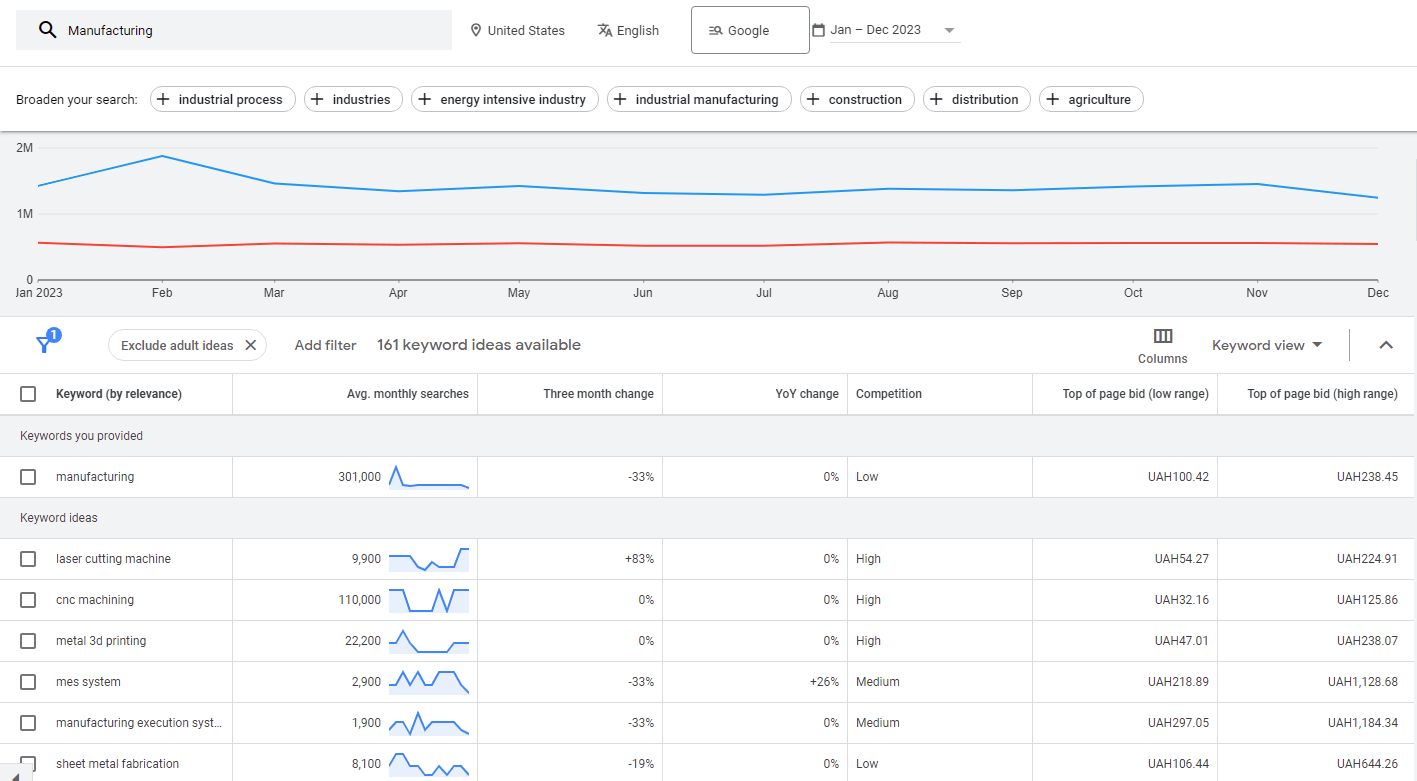
In the bustling digital marketplace, finding the right keywords for your manufacturing website is like discovering a secret map to a hidden treasure. This isn’t just about attracting traffic; it’s about drawing in the right audience – those genuinely interested in your products. Let’s dive into the art of keyword research and optimization, ensuring that your online presence isn’t just a drop in the ocean but a beacon guiding the right customers to your shore.
Understanding Your Audience
The journey begins with understanding who your audience is. What are the words they use when searching for your products or services? Are they searching for “precision engineering solutions” or “affordable industrial parts”? Google Keyword Planner and SEMrush can reveal your potential clients’ search keywords. This isn’t just about guessing; it’s about informed decisions backed by data.
The Art of Choosing Keywords
Finding the perfect keywords is like picking the proper components. You need a mix of ‘high-search volume’ keywords that attract broad traffic and ‘long-tail’ keywords that are more specific and less competitive. For example, “CNC machining services” might be a broad term, but “custom CNC aluminum machining in Ohio” narrows your audience to a more targeted group.
Incorporating Keywords Naturally
Once you have your keywords, the next step is to integrate them into your website. This doesn’t mean stuffing them in awkwardly. Keywords should fit seamlessly into your website’s content, titles, meta descriptions, and even image alt texts. For instance, a blog post titled “5 Tips for Choosing a Reliable CNC Machining Service” naturally incorporates a key phrase while providing valuable content to your readers.
Monitoring and Adapting
SEO isn’t a set-it-and-forget-it task. It requires continuous monitoring and adaptation. Google Analytics tracks keyword performance. Are they attracting correct traffic? Are site visitors sticking around or leaving quickly? Adjust your strategy to target keywords that generate genuine interest and engagement using this data.
Balancing Keyword Density
Keyword density is a delicate balance. Overuse can make your content sound unnatural and even penalize your SEO efforts. A good rule of thumb is maintaining a keyword density of around 1-2%. This keeps your search engine-optimized content engaging and valuable.
Keyword research and optimization is an ongoing, dynamic process central to your manufacturing website’s SEO strategy. By understanding your audience, carefully selecting and integrating keywords, and continuously monitoring performance, you can ensure that your website attracts more traffic and the right traffic. Remember, in the world of SEO, relevance is king. Your ultimate goal is to ensure that when your potential customers are searching, your website provides the answers they seek.
On-Page SEO for Manufacturers: Crafting Your Digital Foundation
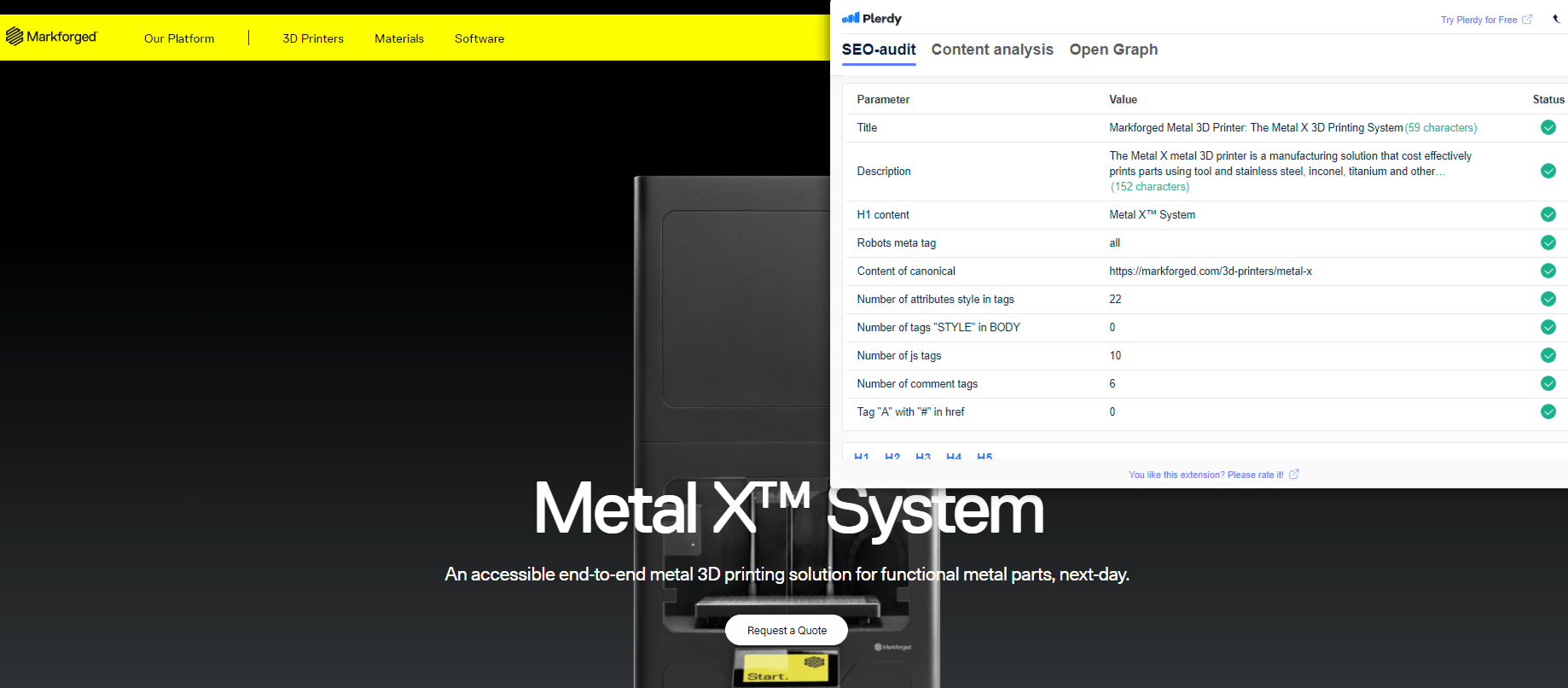
Imagine your manufacturing website as a high-tech factory floor. Every element, from the machinery to the workflow, needs to be optimized for peak performance. This is what on-page SEO does for your website. It fine-tunes every component to ensure that potential customers find exactly what they’re looking for efficiently and effectively when they visit. Let’s break down the key elements of on-page SEO for manufacturers, ensuring your digital presence is as robust and well-oiled as your manufacturing process.
Title Tags and Meta Descriptions
Begin with title tags and meta descriptions. Digital first impressions. Incorporate your main keyword into your title tag to accurately describe your page. Such as “Custom CNC Machining Services – [Your Company Name].” Meta descriptions summarize your page and enticeclickers. Under 160 characters, make it intriguing.
Quality Content
Content drives on-page SEO. You must provide value to your viewers, not merely stuff keywords. Your material should naturally address target market problem points, demonstrate your expertise, and incorporate important keywords. Include extensive product descriptions, blog pieces, and case studies.
Optimized Images
In the manufacturing sector, images can speak louder than words. Ensure all images on your site are optimized for speed and accessibility. Use descriptive file names and alt tags, like “precision-cnc-machined-part.jpg,” making it easier for search engines to understand and index your images.
User Experience (UX) and Site Structure
Website structure improves user experience. Clear structure and logical page-to-page transitions make your site easy to explore. Breadcrumbs and a clear menu help visitors and search engines traverse your site. Positive UX reduces bounce rates and boosts SEO by keeping people on your site longer.
Mobile Optimization
With more users searching on mobile devices, having a mobile-friendly website is non-negotiable. Your site should be responsive, adapting to various screen sizes without compromising functionality or design.
Page Speed
In the manufacturing world, efficiency is key; the same goes for your website. Slow-loading pages can frustrate users and harm your SEO. Use tools like Google PageSpeed Insights to analyze and improve page loading times.
Internal Linking
Internal linking helps search engines discover new pages on your site. It also keeps users engaged longer. Link relevant pages within your site naturally and provide additional value to your visitors.
On-page SEO for manufacturers isn’t just about ticking boxes; it’s about creating a seamless, engaging, and informative experience for your visitors. By optimizing these elements, you’re laying a strong foundation for your digital presence, ensuring that when potential customers find you, they’re met with a site that’s as efficient and effective as your manufacturing process. Remember, in the digital landscape, your website is your global showroom. Make it count.
Building Quality Backlinks with SEO and Marketing
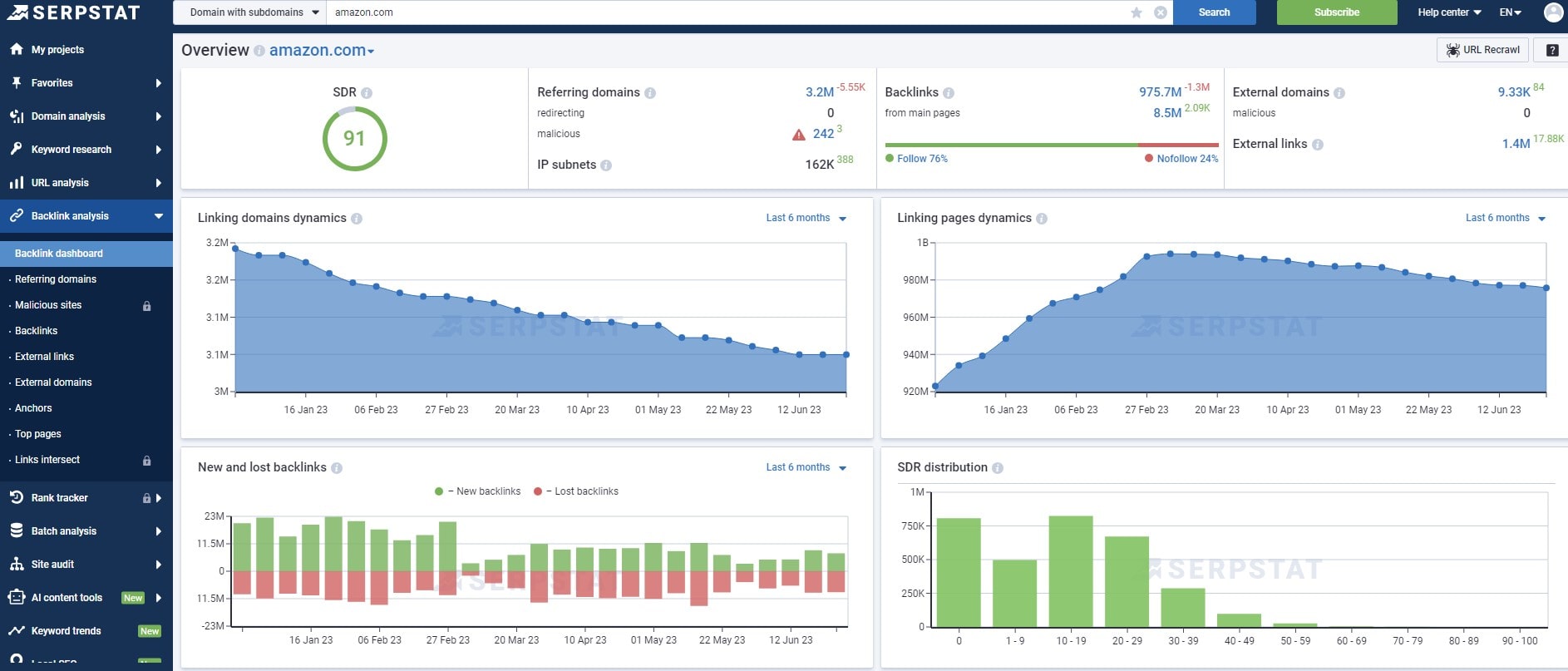
The Pillars of Digital Credibility In the realm of SEO and marketing, manufacturers envision backlinks as the structural beams of a building in the SEO world. They’re not just decorative elements but foundational supports in the SEO strategy that uphold your website’s authority and credibility in digital marketing. Let’s journey through building these critical SEO connections, ensuring your digital footprint in the marketing world is as strong and reliable as the products you manufacture.
Understand Backlinks’ SEO and Marketing Importance
In SEO and marketing, backlinks are like digital endorsements. When a credible site connects to yours for SEO, it tells search engines your material is valuable and trustworthy for digital marketing. This increases your site’s SERP visibility, bringing more traffic and marketing leads to your firm.
Strategies for Acquiring Backlinks in SEO and Marketing
- Create Share-Worthy Content: Create high-quality, interesting content with SEO and marketing insights that meets your target audience’s needs. This could be in-depth articles, how-to guides, or insightful industry analyses. The more valuable your content in the SEO and marketing field, the more likely others will link to it.
- Leverage Industry Partnerships: Collaborate with businesses and organizations within your industry for SEO and marketing. Guest blogging, joint research projects, or co-hosting webinars can lead to natural backlink opportunities in marketing.
- Utilize Digital PR: Contact industry publications and news outlets with an SEO and marketing angle. Pitch story ideas or press releases that highlight unique aspects of your business, such as innovations, major contracts, or sustainability initiatives, in a way that appeals to SEO and marketing.
- Engage in Community and Forums: Participate in SEO and marketing forums and communities. Provide skilled SEO and marketing assistance to build your brand’s authority and get backlinks from users who reference you.
- Harness the Power of Social Media: SEO and marketing-focused social media promotion. While social media links are typically ‘nofollow’ and don’t directly influence rankings, they can increase visibility and lead to organic backlinking from other sites in the realm of marketing.
- Monitor Competitors’ Backlinks: Use tools like Ahrefs or SEMrush to analyze your competitors’ backlinks from an SEO and marketing standpoint. Identify where they’re getting their links from and explore if similar opportunities exist for your business in the marketing field.
- Avoid Black Hat Techniques: Steer clear of buying links or participating in link farms in your SEO and marketing strategy. Search engine penalties and digital marketing credibility loss might result from these actions.
In SEO and marketing, building quality backlinks takes time. It requires ongoing effort, strategic planning in SEO, and a focus on genuine relationships and valuable content in marketing. As you forge these digital connections in SEO, remember they are as much about quality as quantity in the marketing world. Each backlink should serve as a testament to your brand’s expertise and reliability in SEO, further solidifying your standing in the digital marketplace. In the manufacturing world, where trust and quality are paramount, your backlink strategy should reflect these principles in SEO and marketing, creating a robust and resilient digital infrastructure for your business.
Leveraging Local SEO for Manufacturers: A Game-Changer in Digital Marketing
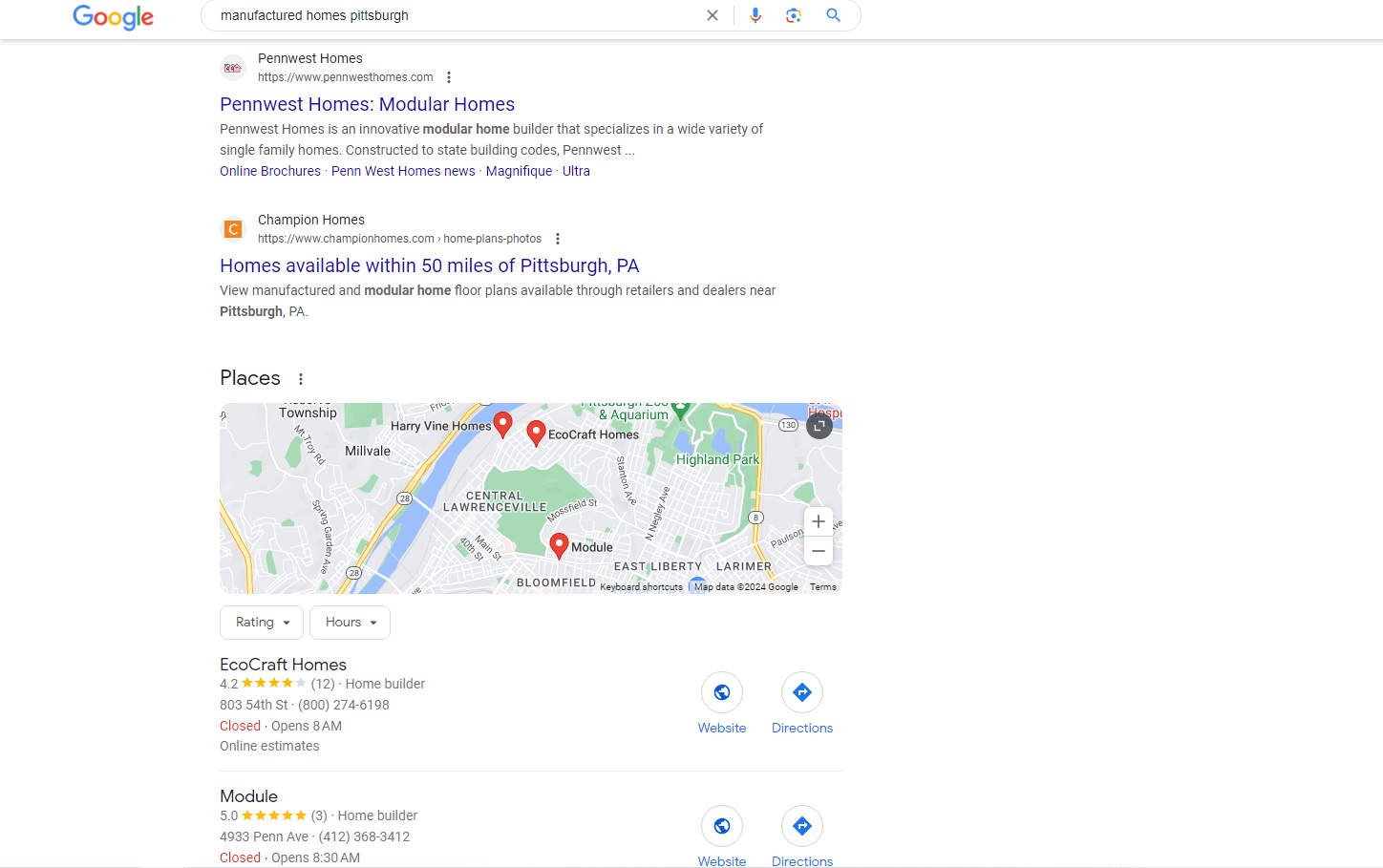
Imagine a world where your manufacturing business is the first one that locals think of when they need your services or products. That’s the power of local SEO, a targeted approach that puts your business on the map in local search results. It’s not just about being found; it’s about being found by the right people, in the right place, and at the right time.
The Essence of Local SEO for Manufacturers
Local SEO is like the digital equivalent of having a billboard on the busiest street in town. Optimizing your web presence for local searches brings in more business. These searches are often performed by people ready to buy, making local SEO a crucial tool for manufacturers looking to capture this ready-to-engage audience.
Strategies to Maximize Local SEO Impact
- Google My Business Optimization: Your Google My Business (GMB) profile is your digital storefront. Ensure it’s fully optimized by including detailed business information, operating hours, and high-quality images of your facility or products. Encourage happy customers to submit evaluations, which dramatically impact potential consumers’ opinions.
- Local Keywords Optimization: Incorporate location-specific keywords into your website content. This includes city or region names where your business operates. It’s not just about stuffing these keywords; it’s about weaving them naturally into engaging, informative content.
- Mobile-Friendly Website: A significant portion of local searches occurs on mobile devices. Ensure your website is mobile-responsive, offering a seamless user experience to visitors, irrespective of the device they’re using.
- Local Link Building: Establish connections with other local businesses and websites. Consider sponsorships, local events, or collaborations that can lead to quality local backlinks, enhancing your local SEO profile.
- Leveraging Social Media: Connect with locals on social media. Share local news, participate in community discussions, and highlight your involvement in local events to boost your local presence.
- Structured Data Markup: Search engines can get precise information about your business, products, and services from structured data markup on your website. This helps display rich snippets in search results, improving visibility and click-through rates.
- Managing Online Reviews: Actively manage your online reviews. Address favorable and negative reviews professionally. Engaging with reviews indicates you appreciate customer feedback and want to improve service.
Manufacturers need local SEO in the digital age. These local SEO tactics help boost your local search rankings, foot traffic, and sales. It’s about community engagement, local expertise, and marketing your business as the local manufacturing answer. Implement these methods today and see your local presence become dominance.
Measuring and Analyzing SEO Success: Navigating the Data Maze
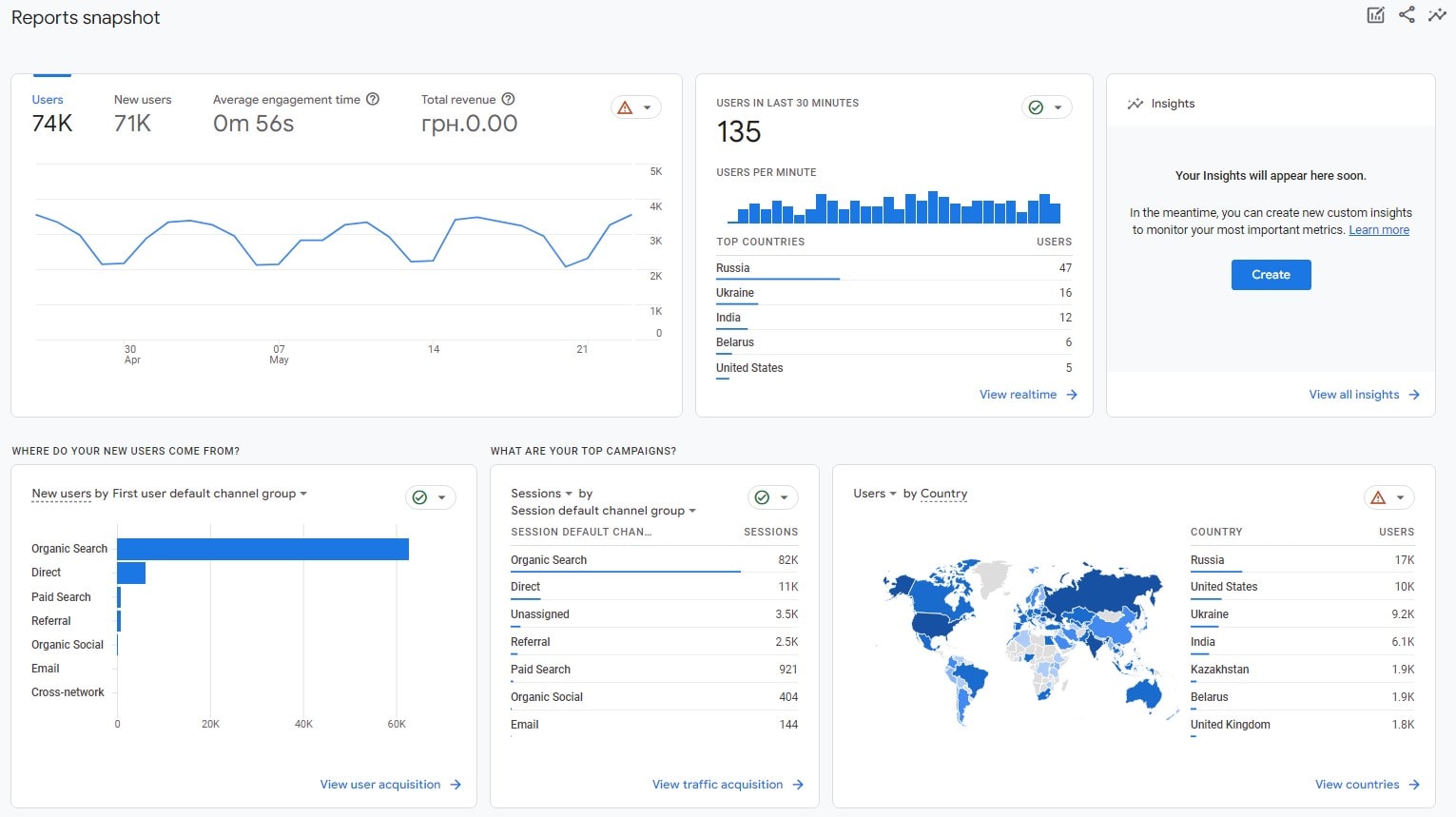
In the dynamic world of SEO, where algorithms change and market trends shift, understanding the impact of your SEO efforts is crucial. It’s like setting sail in the vast ocean of digital marketing; without the right navigational tools, you’re adrift in a sea of data. This comprehensive guide serves as your compass, directing you towards effectively measuring and analyzing your SEO strategies.
The Core of SEO Analysis
- Traffic Sources and Volume: Your website’s traffic is a primary indicator of SEO effectiveness. Google Analytics shows visitor numbers, traffic sources (organic, direct, referral), and volatility. This data helps assess the reach and appeal of your site.
- Keyword Rankings: Understanding where your keywords rank in search engine results is fundamental. High rankings for relevant keywords mean your SEO is on the right track. Use tools like SEMrush or Ahrefs to track these rankings and adjust your strategies accordingly.
- User Engagement Metrics: Engagement metrics such as bounce rate, page views, and average session duration provide a window into how users interact with your site. High engagement rates typically indicate relevant, quality content and effective SEO.
- Conversion Rates: ThSEO aims to attract traffic and convert visitors into leads or customers. Tracking conversions — whether it’s filling out a contact form, making a purchase, or downloading a resource — is critical in evaluating the success of your SEO.
- Backlink Profile: SEO success depends on backlink quality and quantity. Tools like Moz and Ahrefs can analyze your backlink profile, helping you understand your site’s authority and relevance in search engines’ advanced SEO Analysis Techniques.
- Segmentation Analysis: Segment your data to get more granular insights. For example, analyze traffic and conversions by geographic location, device type, or channels. This helps tailor your SEO strategies to target specific audiences effectively.
- Competitor Analysis: Watch your rivals. Tools like SpyFu can provide valuable insights into your competitors’ SEO strategies, from keywords they’re ranking for to their backlink profiles.
- Content Performance Analysis: Assess which pages or blog posts perform best regarding traffic, engagement, and conversions. This insight guides content creation and optimization strategies.
Measuring and analyzing your SEO efforts is not just about collecting data; it’s about interpreting it correctly and making informed decisions. Analytically assessing and changing SEO tactics provides alignment with business goals and market dynamics. Long-term SEO success requires constant study and change. With these insights, you can chart a course toward SEO excellence, making informed decisions that drive measurable results.
Conclusion
In the intricate world of manufacturing SEO, we’ve navigated the complexities together, unraveling each strand to build a robust strategy. But remember, the journey doesn’t end here. Just as technology evolves, so does the landscape of digital marketing. Continuous learning is key to staying ahead. Hungry for more insights? Dive into Plerdy’s treasure trove of articles, where each piece of content is a gateway to deeper understanding and innovative strategies.
Eager to transform your website into a powerhouse of user engagement and conversion? Explore Plerdy’s suite of tools — your ally in mastering the art of digital marketing. With Plerdy, the path to SEO mastery is not just a dream but a journey filled with discoveries and triumphs. Join us on this voyage of endless possibilities, and let’s conquer the digital world together!
